Navigating the Challenges of Stallion Management: A Practical Guide
Working with stallions presents a unique set of challenges and rewards, each demanding a deep understanding of their distinct behaviors. Stallions are often perceived as complex due to their assertive nature and strong instincts, which can influence their interaction with humans and other horses. Recognizing and respecting these natural behaviors is crucial, not only for safety but also to foster a healthy, productive relationship.
Understanding stallion behavior is essential in various contexts, from breeding to training for competition. Proper management can mitigate risks, prevent behavioral issues, and enhance a stallion’s performance and well-being. Conversely, mismanagement or misunderstanding of these magnificent animals can lead to dangerous situations for both the stallions and their handlers.
The rewards of successfully managing stallions are immense. It allows for the breeding of top-quality offspring and the development of trust between horse and handler, which can lead to extraordinary achievements in the show ring. Thus, delving into the specifics of stallion behavior is not just about handling these animals safely; it’s about unlocking their full potential.
In this post, we’ll explore the innate behaviors of stallions, identify common behavioral issues and their triggers, and share effective management techniques that honor both the nature of the stallion and the goals of their handlers. Whether you’re a seasoned breeder or a newcomer to the world of horses, understanding these principles is key to fostering a rewarding relationship with these spirited and noble animals.
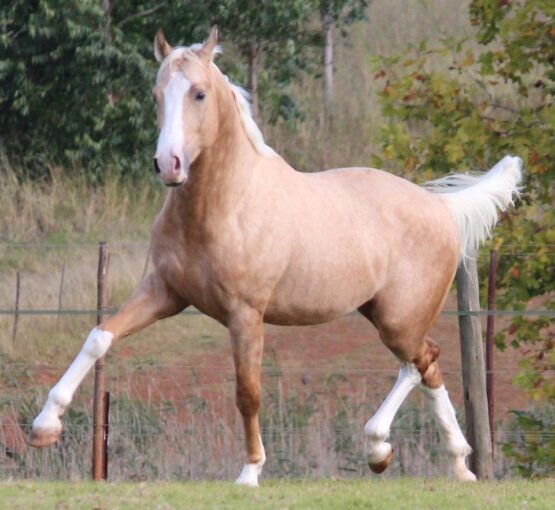
The Nature of Stallions
Stallions exhibit a range of natural instincts and behaviors that are deeply rooted in their role as the dominant, breeding male within a herd. Understanding these behaviors is fundamental to managing stallions effectively and safely.
Dominant Instincts
Stallions are naturally inclined to assert dominance, which serves them in the wild to secure a territory and a herd. This instinct can manifest in a domestic setting as assertive or aggressive behavior, especially around other males or when competing for attention from handlers and mares. Unlike geldings, which are typically more docile due to the lack of testosterone, and mares, which may show dominance but generally are less aggressive, stallions can be more challenging to manage due to this dominant trait.
Protective Behavior
Protection is another instinctive behavior seen in stallions. They are wired to protect their herd, which can translate into protective actions that might be misinterpreted as aggression in a stable setting. This is less commonly observed in mares and is not typical in geldings, who are more likely to be passive.
Breeding Behaviors
The urge to breed is perhaps the most defining characteristic of a stallion’s behavior. This can lead to heightened arousal states, especially during the breeding season, causing them to be easily distracted and potentially more volatile or difficult to control. Mares exhibit seasonally influenced behaviors related to breeding as well, but these are cyclical and not as continuously pronounced as in stallions. Geldings, having been castrated, do not display breeding behaviors, which generally makes them more even-tempered and easier to handle.
Social Interactions
In social settings, stallions may exhibit a strong desire to establish a hierarchy, often challenging other horses—and sometimes humans—to assert their higher status. This is less about aggression and more about their natural inclination to define social structure, something that is not as prominently displayed by mares or geldings. Understanding and managing these interactions are key to preventing conflicts and injuries in mixed groups.
Sensitivity and Intelligence
Stallions are often highly sensitive and intelligent, attributes that require a nuanced approach to training and daily handling. This sensitivity means they can be highly responsive to proper training techniques, potentially excelling in competitive and cooperative activities. Mares and geldings also share these traits but may express them differently due to hormonal influences and individual temperaments.
By acknowledging and adapting to these natural behaviors, handlers can create a safer and more productive environment for stallions, while also leveraging their strengths. This understanding fosters a relationship based on respect and mutual trust, paving the way for success in any equestrian discipline.
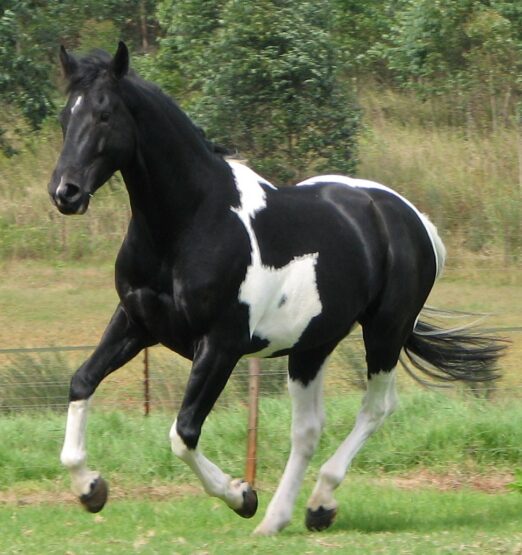
Key Factors Influencing Stallion Behavior
Understanding the behavior of stallions goes beyond recognizing their natural instincts; it also involves considering the influences of genetics, environment, and handling history. Each of these factors plays a crucial role in shaping how a stallion behaves and reacts in different situations.
Genetics: The Role of Lineage in Behavior Traits
Genetics play a significant role in the behavior of stallions. Certain traits such as temperament, threshold for aggression, and even response to stress can be hereditary. Breeders often look at the lineage of a stallion to predict potential behaviors, selecting those with desirable traits for breeding purposes. This predictive approach can help in anticipating challenges and preparing for specific training and management strategies that cater to the inherited characteristics of the stallion.
Environment: How Surroundings Affect Their Conduct
The environment in which a stallion is raised and lives can greatly influence its behavior. Factors such as the amount of space available, the presence or absence of other horses, and the overall stability and consistency of their surroundings can impact how a stallion interacts with humans and other horses. For instance, a stallion kept in isolation may become more aggressive or anxious when introduced to a social setting. Conversely, those raised in a rich, varied, but secure environment may exhibit more adaptable and less aggressive behaviors. Effective environmental management includes providing appropriate social interactions and physical space that respect the stallion’s needs and natural behaviors.
Handling History: The Impact of Past Interactions and Training
A stallion’s handling history is critical in shaping its current behavior. Early and consistent training can foster a calm, responsive nature, while negative experiences can lead to distrust and defensive behaviors. The approach taken in the early stages of a stallion’s life, including the methods of training, discipline, and the general attitudes of the handlers, can set the tone for its future interactions. Positive reinforcement techniques, for example, tend to yield a more cooperative and manageable stallion, while harsh or punitive methods may result in a more confrontational or unpredictable animal.
Addressing these key factors effectively requires a comprehensive understanding and strategic approach to ensure that the stallion develops into a well-balanced, well-behaved horse. By considering genetics, environment, and handling history, handlers can better manage and influence stallion behavior, leading to safer and more productive outcomes for all involved.
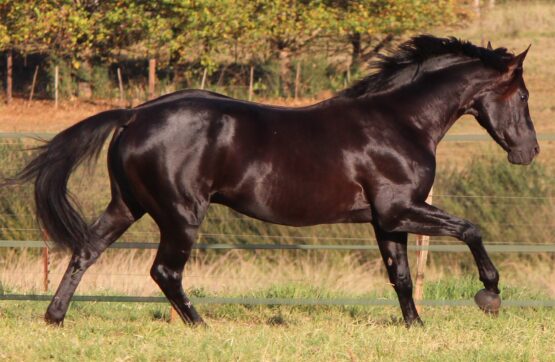
Common Behavioral Issues and Triggers
Stallions can display a range of behavioral issues that, if not managed properly, may lead to unsafe conditions for both the horse and its handlers. Identifying common triggers and understanding how to address these behaviors is essential for anyone involved in the care and management of stallions.
Aggression: Identifying Triggers
Aggression in stallions is often a natural response to specific triggers in their environment. One common trigger is the proximity of other stallions, which can ignite competitive instincts and territorial disputes. Another significant trigger is the presence of mares in heat, which can intensify a stallion’s aggressive behavior as they respond to their natural breeding instincts. Recognizing these triggers is crucial in managing a stallion’s aggression. Strategies may include spatial separation from perceived rivals, controlled exposure to mares, and creating a calm, structured environment that reduces instances of competition and stress.
Dominance: Challenges in Group Settings or with Handlers
Dominance is a core aspect of a stallion’s behavior, particularly evident in group settings or during interactions with handlers. In group environments, stallions may attempt to assert their dominance over other horses, which can lead to conflicts and injuries if not monitored closely. Similarly, some stallions may show dominant behaviors towards handlers, especially if they sense inconsistency or lack of confidence in the people around them. To manage this, handlers must establish clear leadership through consistent, firm, and fair training practices. It’s also helpful to minimize situations that trigger competitive dominance behavior by carefully managing group dynamics.
Sexual Behavior: Managing Urges, Especially During Breeding Season
The breeding season can particularly amplify a stallion’s natural urges, often leading to heightened sexual behaviors that can be challenging to manage. During this time, stallions may become more distracted, restless, or even aggressive. Effective management during these periods involves providing structured and supervised breeding opportunities while maintaining a regular routine that helps keep the stallion focused and calm. Outside of the breeding context, measures such as visual barriers between stallions and mares, and maintaining a stable routine, can mitigate excessive sexual behavior.
Managing these behaviors in stallions requires a deep understanding of equine psychology, consistent training approaches, and an environment that accommodates their natural instincts while maintaining safety. By addressing these common behavioral issues and their triggers, handlers can create a more harmonious and productive relationship with their stallions.
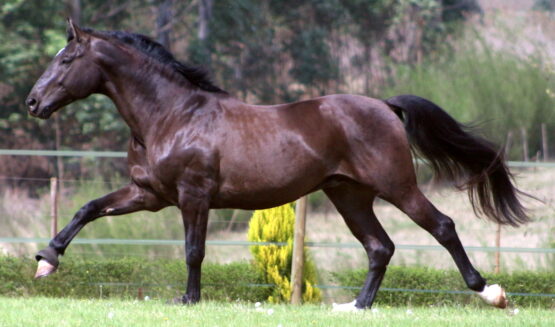
Effective Management Practices
Managing stallions effectively requires a comprehensive approach that encompasses their housing, handling, and training. Implementing best practices in these areas not only reduces stress for the stallions but also enhances safety and fosters a cooperative environment.
Housing: Best Practices for Stall Design and Placement
The design and placement of a stallion’s housing can significantly impact their stress levels and behavior. Stallions need a secure, calm environment that minimizes stress triggers. It’s essential to provide them with spacious stalls that allow freedom of movement and comfort. Stalls should be well-ventilated, have adequate lighting, and be free from hazards that could cause injury.
In terms of placement, stallions should be situated where they have visual contact with other horses but are not close enough to touch them, especially other stallions or mares that could trigger aggressive or sexual behaviors. Using solid barriers between stalls can prevent direct contact while still allowing the stallion to feel part of the herd environment. Strategic placement of their housing can also reduce external stressors, such as excessive noise or public traffic.
Handling: Techniques for Safe and Respectful Interaction
Handling stallions safely and respectfully is crucial to maintaining a positive working relationship. Handlers should always approach stallions calmly and confidently, with a consistent routine that the stallion can anticipate and rely on. It’s important to use a firm but gentle touch and to reward good behavior consistently to reinforce positive interactions.
Training staff in the proper techniques to approach, lead, and work around stallions is vital. This includes understanding body language, both human and equine, to prevent misunderstandings and potential conflicts. Safety gear, such as gloves and helmets, should be worn as a precaution, and handlers should always have an escape route planned when working in close quarters with stallions.
Training: Strategies to Establish Trust and Compliance
Effective training strategies are key to managing stallions. This begins with establishing trust, which is the cornerstone of any successful training regimen. Early, consistent handling using positive reinforcement techniques can build a strong foundation of trust and respect. Training should be structured yet flexible enough to adapt to the stallion’s individual temperament and needs.
Consistency in commands, routines, and rewards helps the stallion understand what is expected of him and reduces confusion. Involving the stallion in a variety of activities can help keep them engaged and focused, preventing boredom and reducing behavioral issues. Regular assessments by experienced trainers can help tailor the training program to the stallion’s progress and unique characteristics.
By adopting these effective management practices, you can ensure that your stallion not only thrives in its environment but also develops into a well-behaved and responsive companion. This holistic approach to managing stallions will be reflected in their health, behavior, and performance, whether in breeding or competitive disciplines.
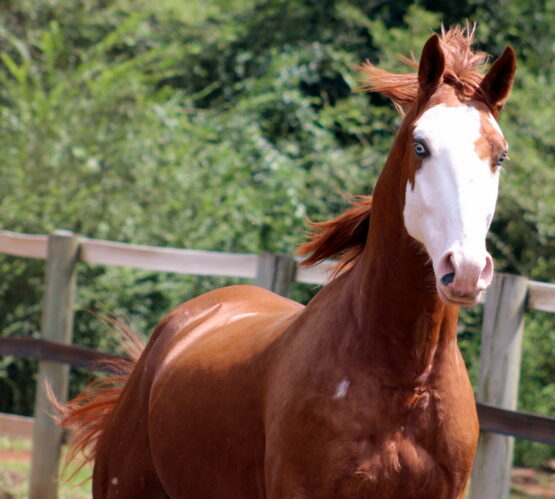
Our stallions
In the world of horse breeding and management, stallions present a unique set of challenges and lessons. Below are real-life examples from my experience with several stallions, each with distinct personalities and behaviors. These case studies illustrate the importance of tailored management strategies and the profound lessons learned through handling different stallions.
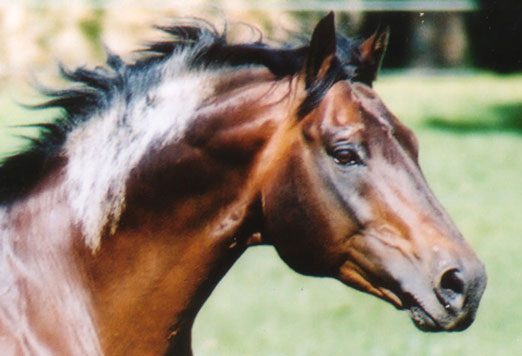
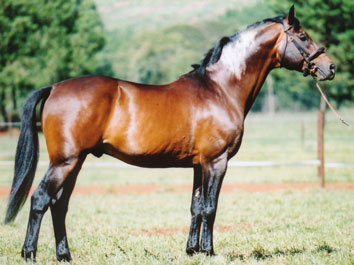
Carrick, the Gentleman Stallion
We bought Carrick when he was already 8 years old. He was an exceptionally easy-going stallion, almost making me forget he was a stallion until he made sure to remind me. One day, while schooling in our arena, a mare was led past and triggered an unexpected reaction from Carrick. We were coming into breeding season which had not crossed my mind. Carrick saw the mare being led past, reared really high, leapt forward, and bucked, and I went flying. This was a painful and sharp reminder of his stallion instincts. From that day forward, I lunged him every time before getting on him, allowing him to let me know when he was ready for me to get on him. This approach eliminated further incidents, reinforcing the critical lesson that even the gentlest stallion must always be respected and managed with awareness of his innate behaviors.
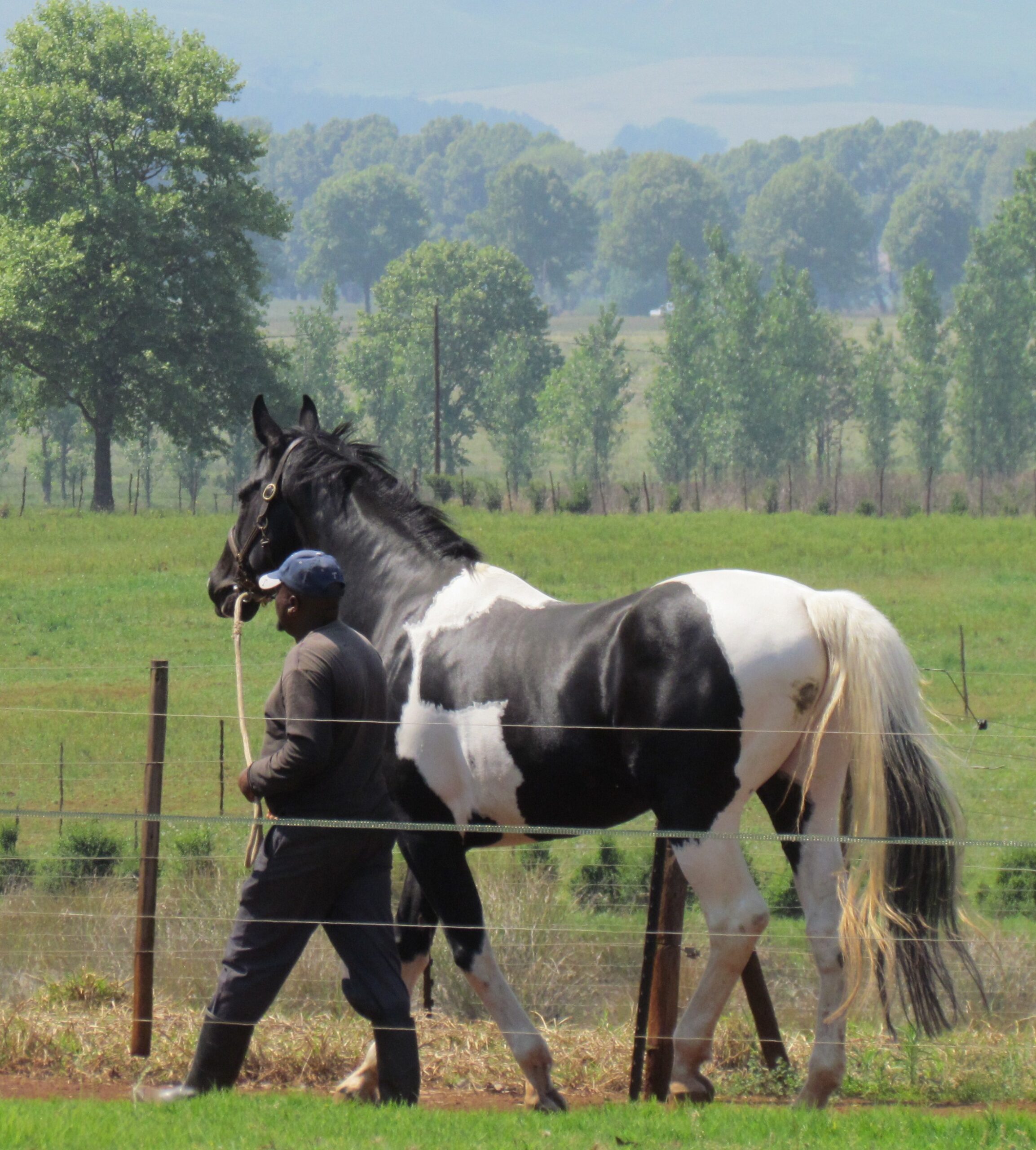
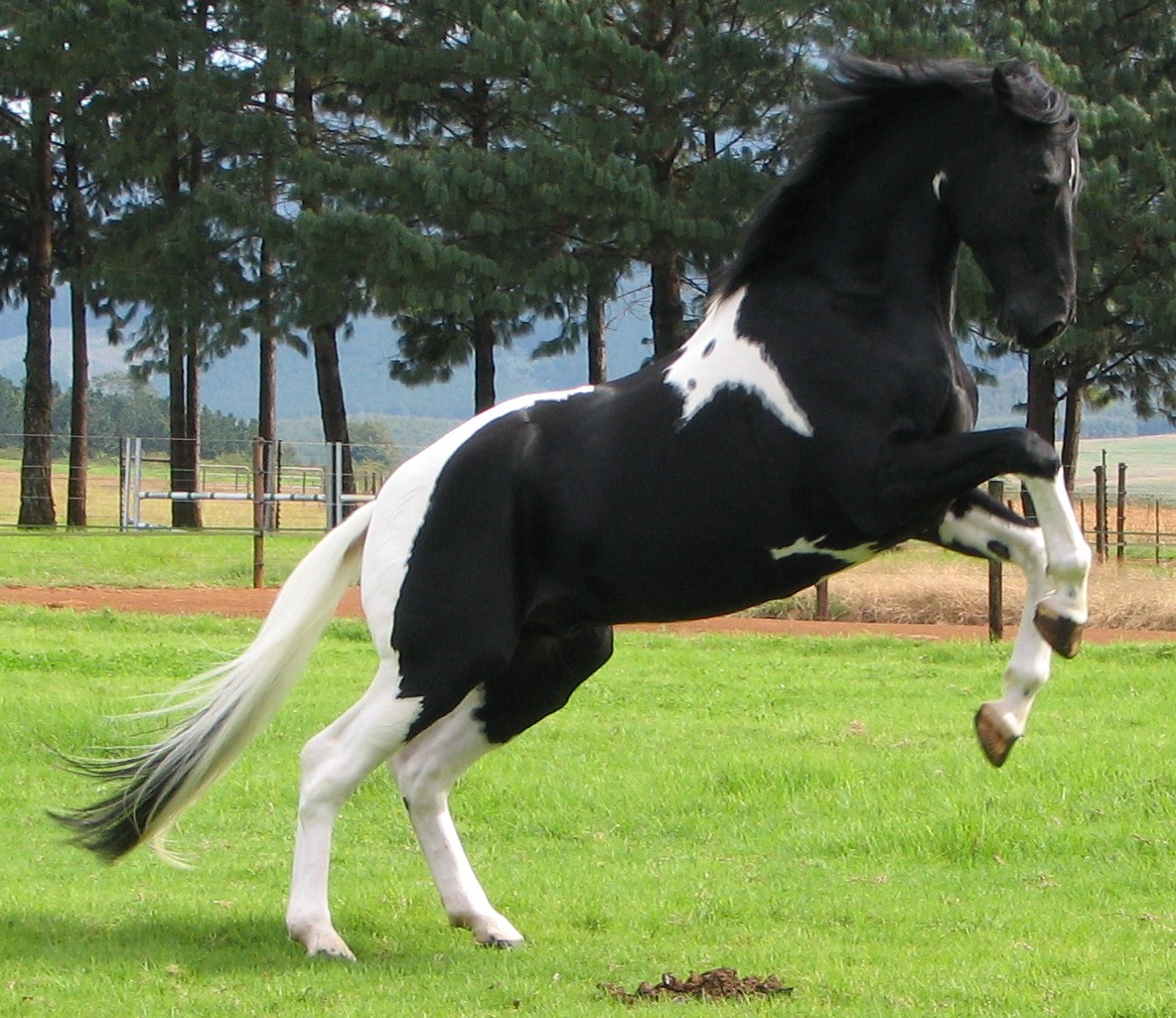
Waldemar: The Challenging Colored Stallion
Waldemar grew to be a very big horse and he was a stark contrast to Carrick. From a young age, he exhibited strong stallion behaviors, including rearing and biting, demanding a handler who could assert control confidently and calmly. His ground manners were challenging, but once under saddle, he was very easy going and lovely to ride. He taught me the importance of consistency and firmness, proving that even a “hardcore” stallion could be managed effectively with the right handling techniques.
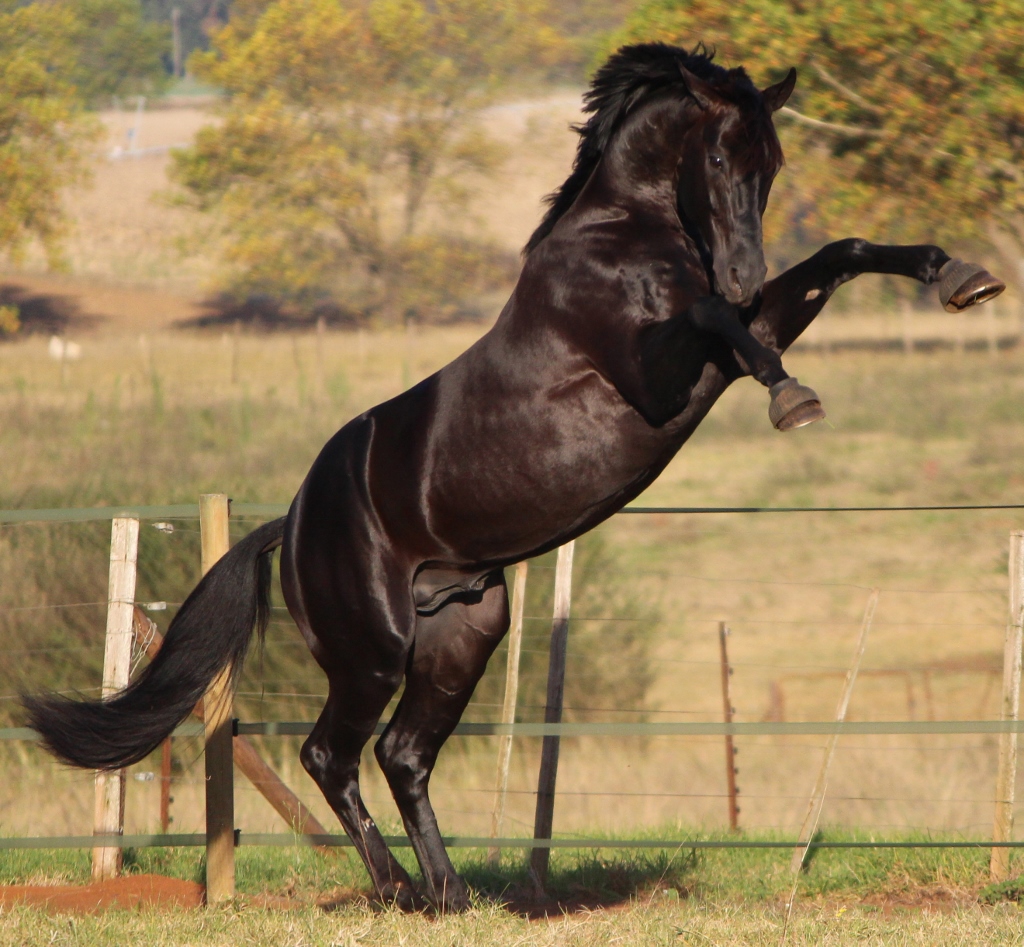
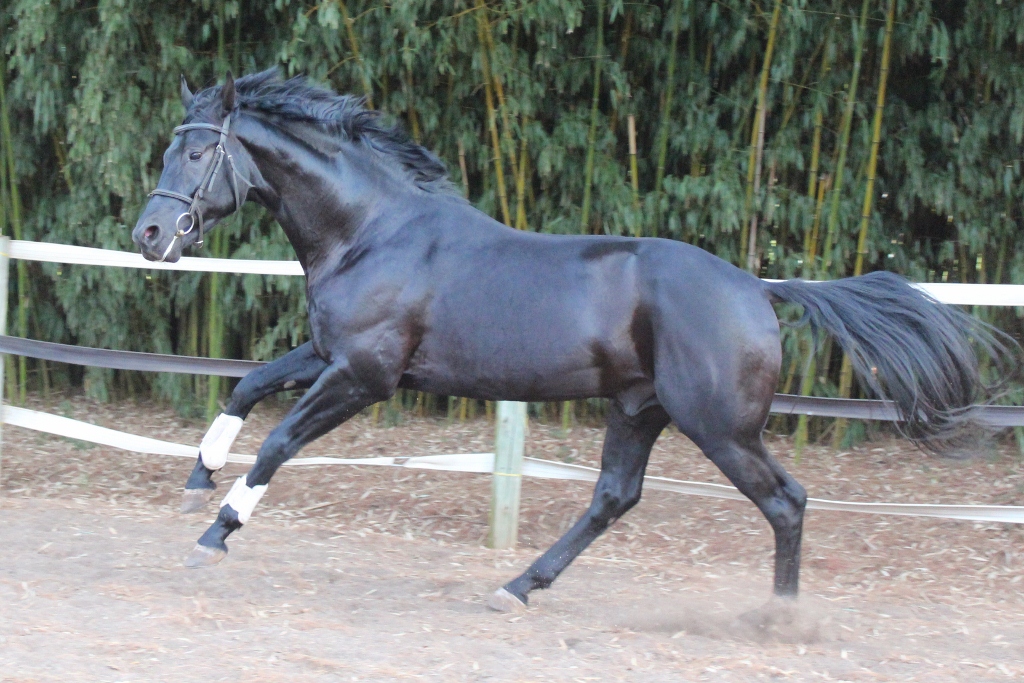
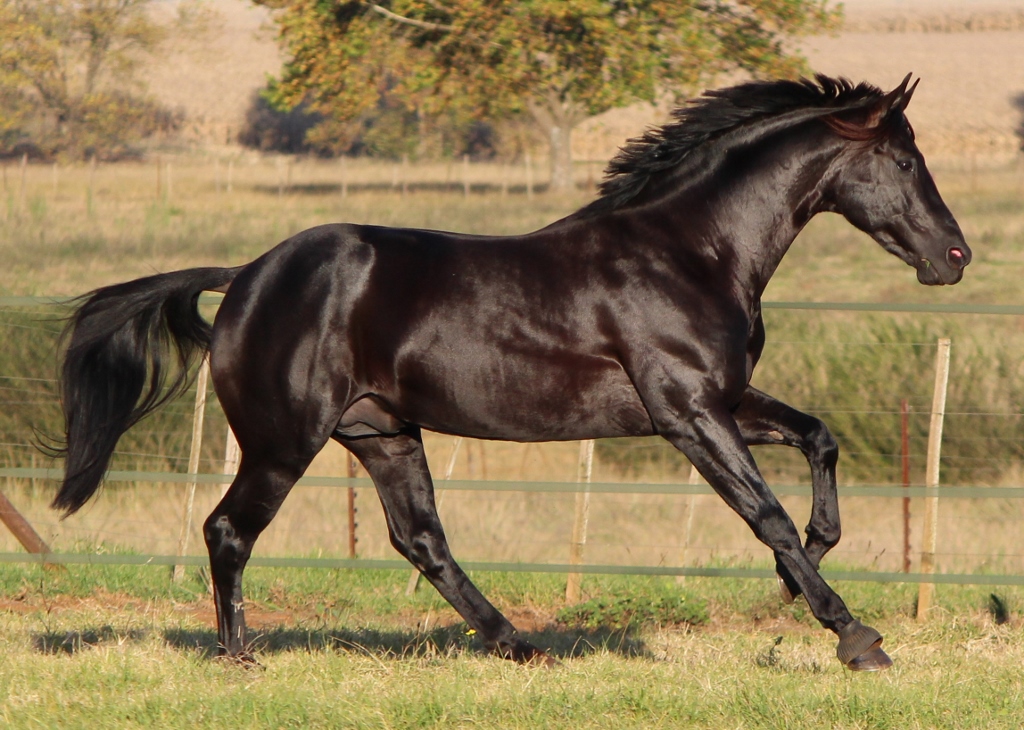
Senergy: the Strong-Willed Hanoverian
Senergy was mostly very easy to handle, except when led to his paddock. His awareness of his strength meant that if he decided to head somewhere, he did so regardless of who held the lead, this did not happen often but we always were relieved when he went quietly to his paddock. This behavior required quick thinking and strong handling to manage safely. His case highlighted the need for handlers to be prepared for sudden displays of strength and to implement strategies to redirect or control such behaviors.
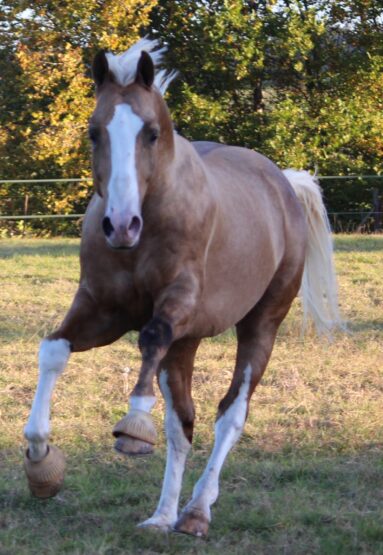
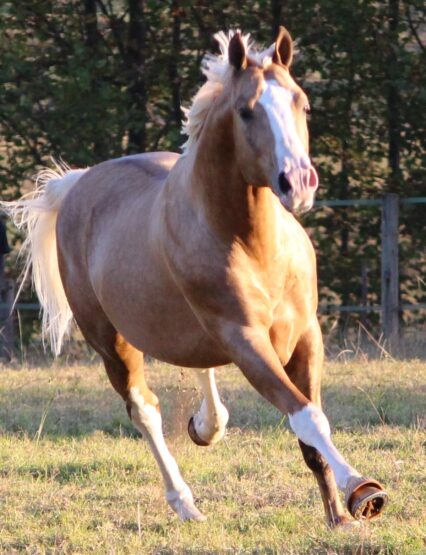
Don Colour: the Unpredictable Palomino
Don Colour was mostly gentle but had a dangerous quirk of charging towards people in the paddock, when I took photos of him I had to be very aware of him coming towards me as he would run me over, no other horse ever did that, they would always get out of my way but not Don. His behavior during breeding was problematic, often becoming aggressive towards the mares. His management required constant vigilance and proactive strategies to prevent accidents, teaching us the importance of recognizing and preparing for unique behavioral patterns in stallions.
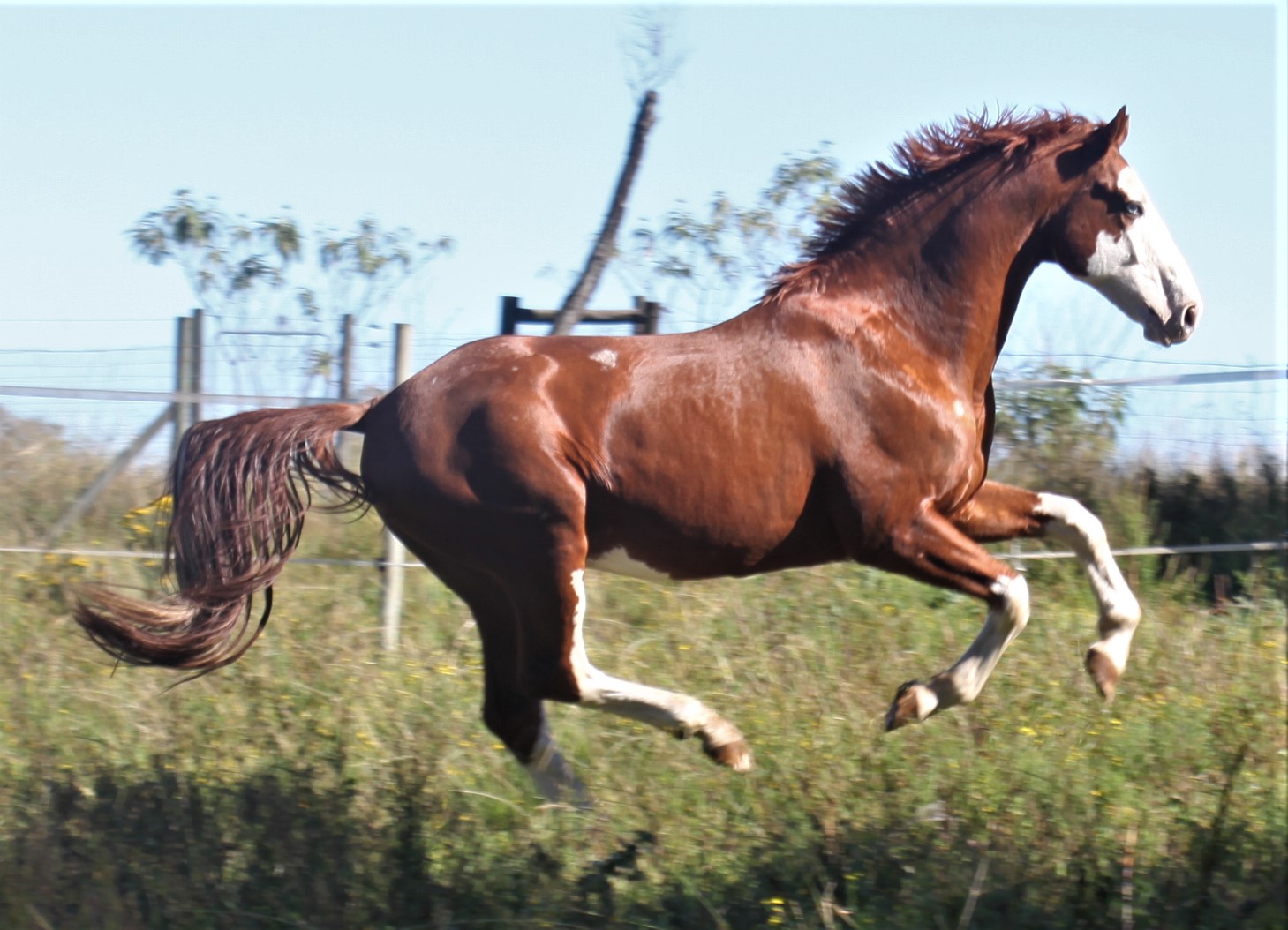
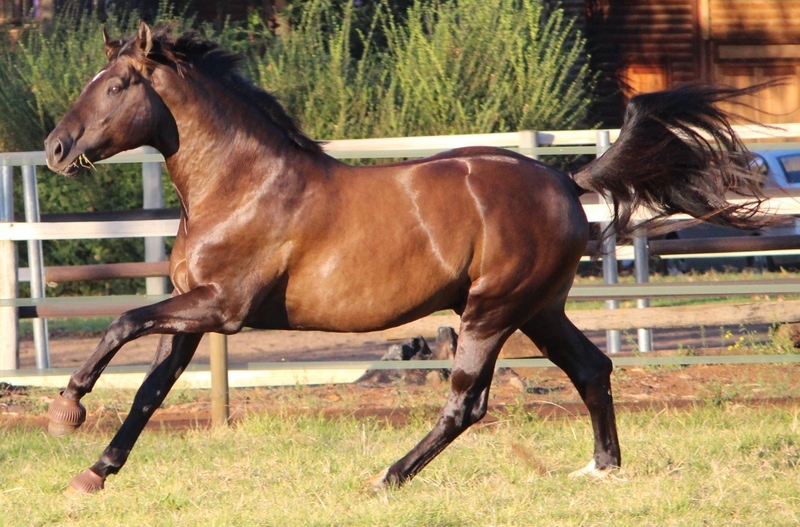
Talisman and Dwayne Johnson: the Pleasurable Pair
Both Talisman, a homebred by Carrick, and Dwayne Johnson, our Swedish stallion, were joys to handle, never exhibiting aggressive behaviors such as biting or kicking. Their exemplary temperaments might be attributed to our accumulated experience and refined stallion management techniques, demonstrating how knowledgeable handling from a young age can result in well-mannered stallions.
These case studies serve as valuable lessons in the nuanced art of stallion management. Each stallion has taught us different aspects of handling and care, contributing to our evolving strategies and approaches. As we continue to learn from each unique personality, we enhance our ability to provide environments where stallions can thrive while maintaining safety and respect for their natural instincts.

Tips from the Experts
Drawing from the collective wisdom of veterinarians, experienced breeders, and trainers, here are essential tips and insights that both new and seasoned stallion handlers can employ to enhance their management practices and foster positive outcomes with their stallions.
Veterinarian Insights: Health and Behavior Connection
- Regular Health Checks: Veterinarians emphasize the importance of regular health assessments to ensure that behavioral issues are not rooted in physical discomfort or medical conditions. A stallion in pain or discomfort may exhibit increased aggression or stress behaviors.
- Nutrition Matters: Proper nutrition plays a crucial role in a stallion’s behavior. Nutrient imbalances can lead to energy spikes or hormonal imbalances that may exacerbate challenging behaviors, particularly in breeding stallions.
Experienced Breeders’ Advice: Breeding and Long-Term Management
- Understand Individual Needs: Each stallion is unique, and recognizing individual quirks and needs is vital for effective management. Tailoring approaches to each stallion helps in minimizing stress and maximizing their breeding potential.
- Safety First: Always prioritize safety by maintaining secure fencing, stable barriers, and proper stall dimensions to prevent escape or injury, which is especially crucial for powerful, energetic stallions.
Trainers’ Techniques: Building Trust and Compliance
- Consistency is Key: Trainers stress the importance of consistency in handling and training sessions. Stallions respond well to a routine that they can anticipate, which helps in reducing anxiety and improving cooperation.
- Positive Reinforcement: Use positive reinforcement techniques to encourage desired behaviors. Rewarding good behavior with treats, praise, or rest can reinforce positive interactions and training success.
- Clear Boundaries: Establish and maintain clear boundaries with firm, calm discipline. Stallions should understand limits to their behavior, especially in social interactions with humans and other horses.
Practical Advice for Handlers
- Stay Informed: Continuously educate yourself about the latest in equine behavior and stallion management. Attending workshops, seminars, and training courses can provide valuable insights and techniques.
- Be Observant: Always be observant of your stallion’s behavior and mood. Early detection of changes can help prevent issues before they escalate.
- Develop a Relationship: Spend time building a relationship with your stallion outside of training and breeding sessions. This can help in establishing trust and easing management.
By incorporating these expert tips into daily management routines, handlers can create a safer and more responsive environment for their stallions. Whether you are new to stallion management or have years of experience, these insights can guide you in fostering a respectful and productive relationship with these magnificent animals.
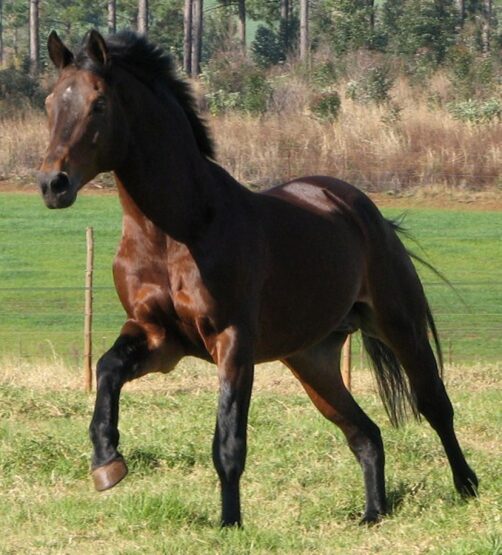
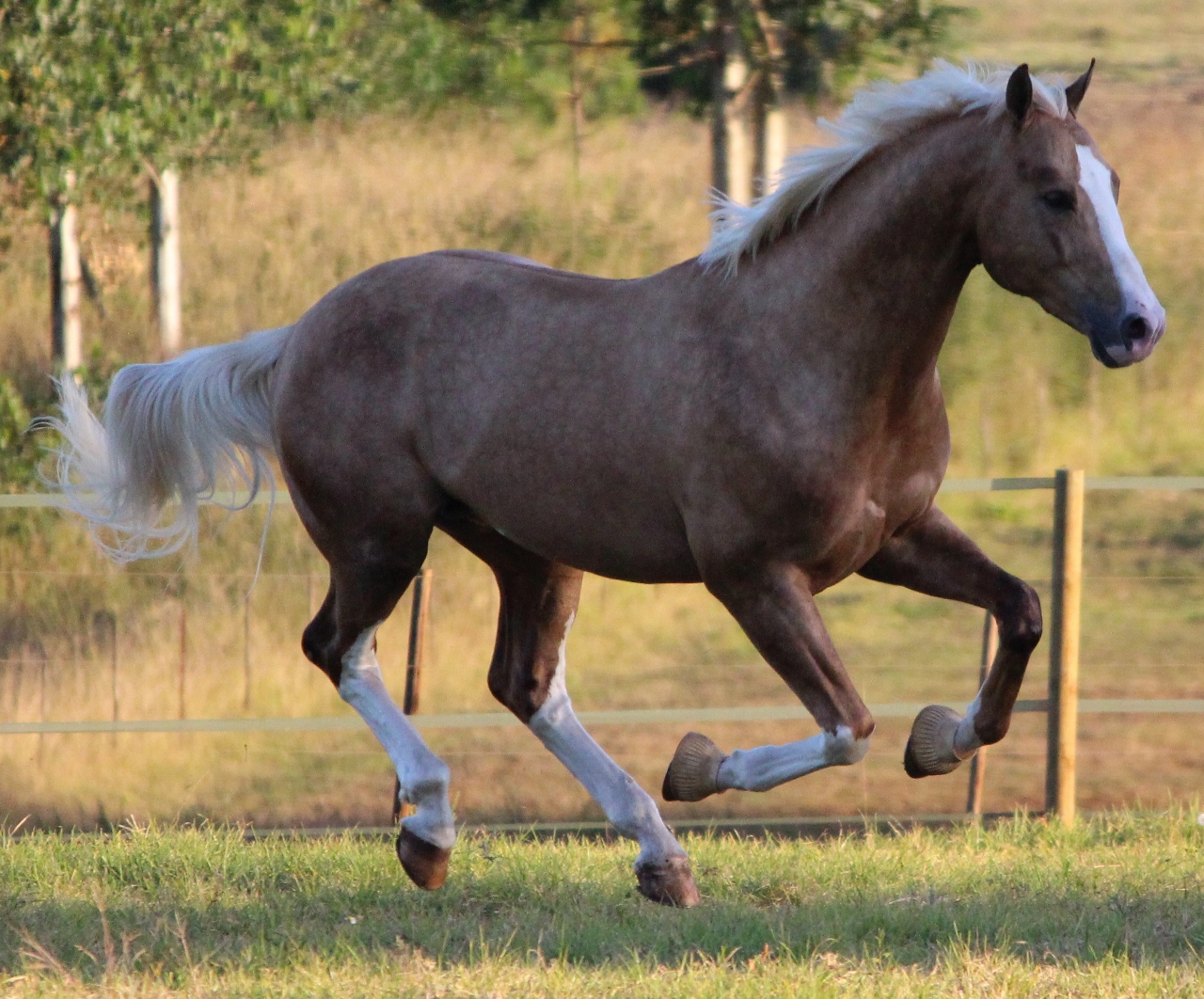
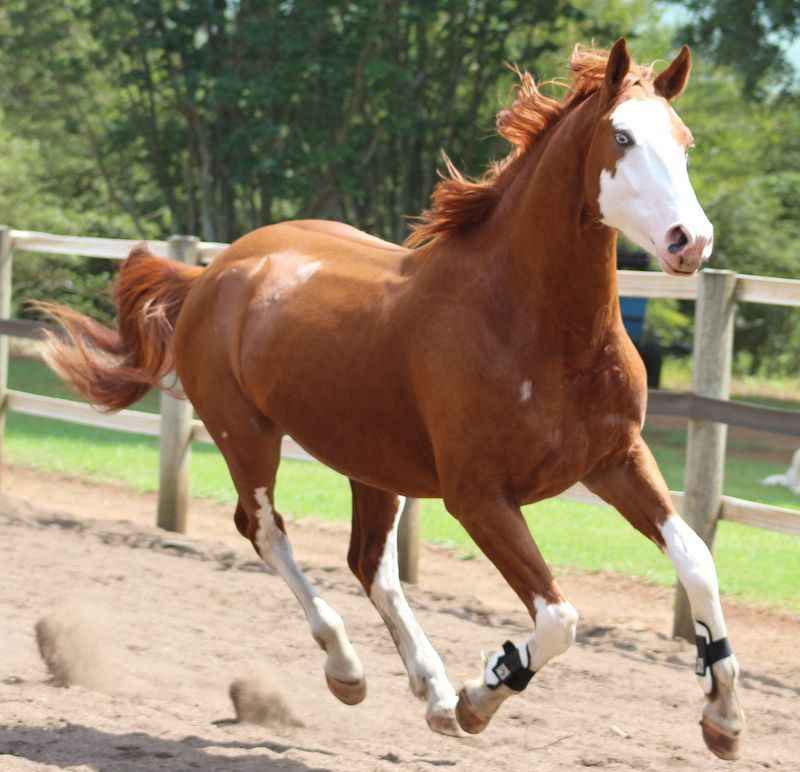
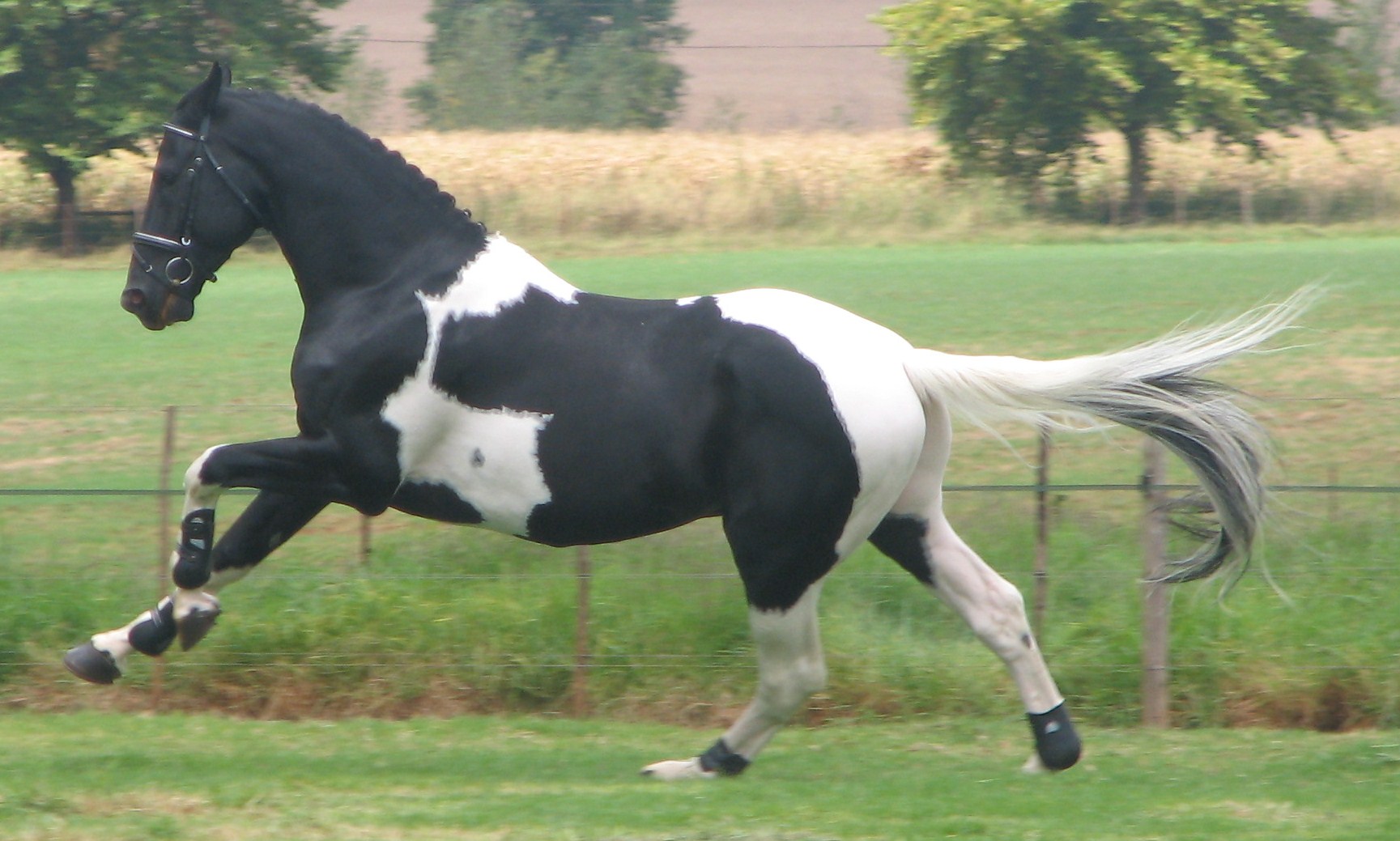
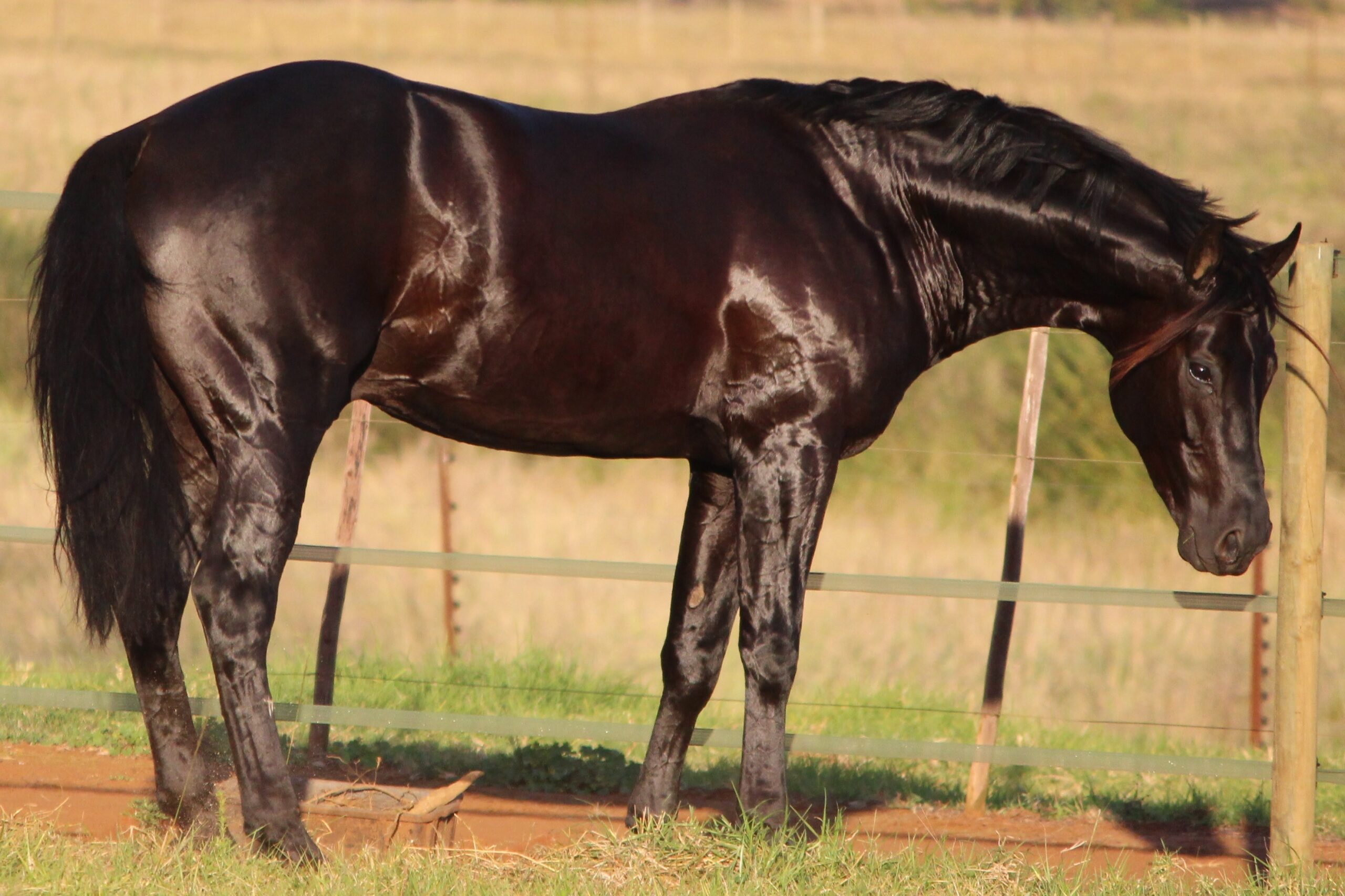
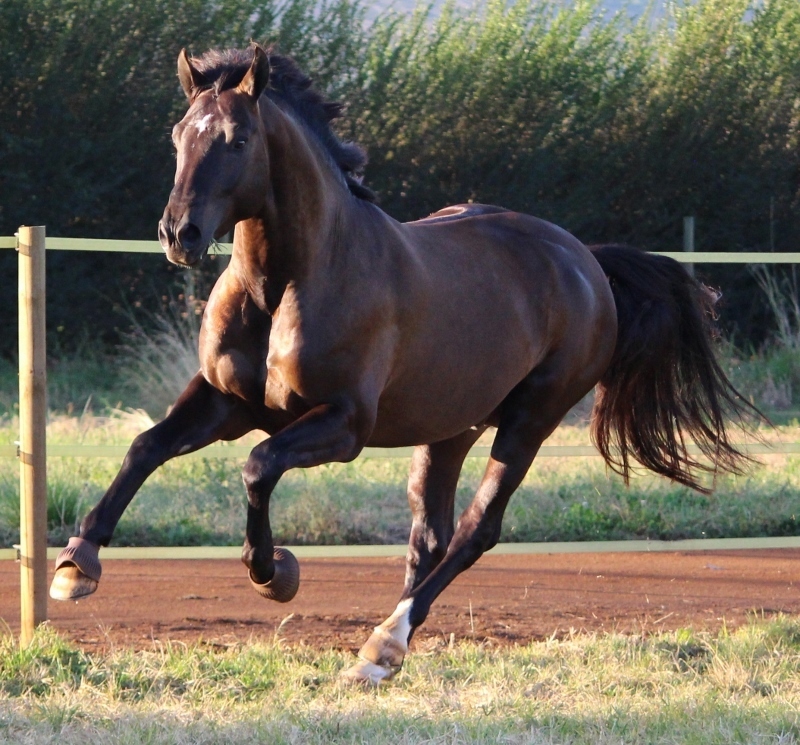
Conclusion
In this exploration of stallion behavior and management, we’ve covered a range of crucial aspects from understanding natural instincts to implementing effective management strategies. Key points include recognizing the influence of genetics, environment, and handling history on stallion behavior; addressing common behavioral issues such as aggression, dominance, and sexual behavior; and adopting best practices in housing, handling, and training.
Responsible and informed stallion management not only enhances the well-being of these majestic animals but also ensures safety and fosters a positive environment conducive to both breeding and training. Each stallion is unique, and understanding that uniqueness can dramatically improve the outcomes of your management efforts.
I encourage you to share your experiences and insights in managing stallions. Your stories and advice can greatly benefit others in our community, enriching our collective knowledge and approaches. If you have questions or seek further advice, please feel free to reach out. Together, we can continue to learn, adapt, and excel in the art of stallion management, ensuring that these incredible animals receive the care and respect they deserve.
Call to Action
Are you interested in diving deeper into the world of stallion management? If you are looking to expand your knowledge and refine your skills, I invite you to sign up for our comprehensive guides and interactive training workshops. These resources are designed to provide you with detailed insights and practical techniques that can transform your approach to managing stallions.
Additionally, explore our website for a wealth of related articles and resources. From expert advice on horse breeding to tips on daily stallion care, our curated content is here to support your journey in equine management.
Don’t miss out on the opportunity to enhance your expertise and connect with a community of like-minded enthusiasts. Sign up today for our exclusive materials. Whether you are a novice or an experienced handler, there is always something new to learn and ways to improve your practice with these majestic animals.
Join us and take the next step in mastering the art of stallion management!
Further resources
- Books:
- “The Behaviour and Welfare of the Horse” by Andrew F. Fraser – This book offers comprehensive insights into equine behavior, including specific sections on managing stallions.
- “Equine Behavior: A Guide for Veterinarians and Equine Scientists” by Paul McGreevy – This resource is useful for understanding the scientific underpinnings of horse behavior, with applicable knowledge for managing stallions.
- Online Articles and Websites:
- Journals:
- Journal of Equine Veterinary Science – This journal often publishes research on stallion behavior and management practices, providing a deeper scientific perspective.
- Courses and Webinars:
- Equine Guelph – Equine Guelph offers courses and webinars on horse behavior and welfare, including specialized topics on stallions.
- My Horse University – My Horse University provides online courses and resources in partnership with Michigan State University, covering various aspects of horse management, including handling stallions.
- Professional Organizations and Clinics:
- The International Society for Equitation Science (ISES) – ISES promotes research-based approaches to equine management and training, often featuring seminars and workshops that include stallion management.
- Local equine veterinary clinics – Many clinics offer workshops or seminars on horse behavior and management. Check with local clinics for any upcoming events focusing on stallions.

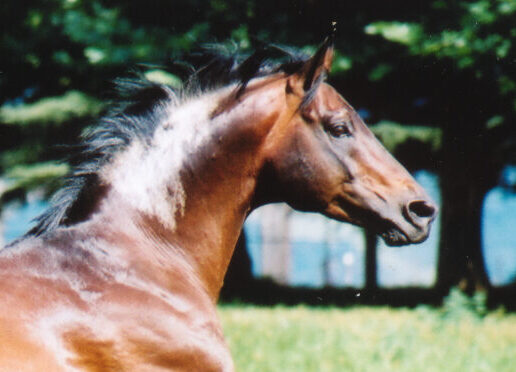

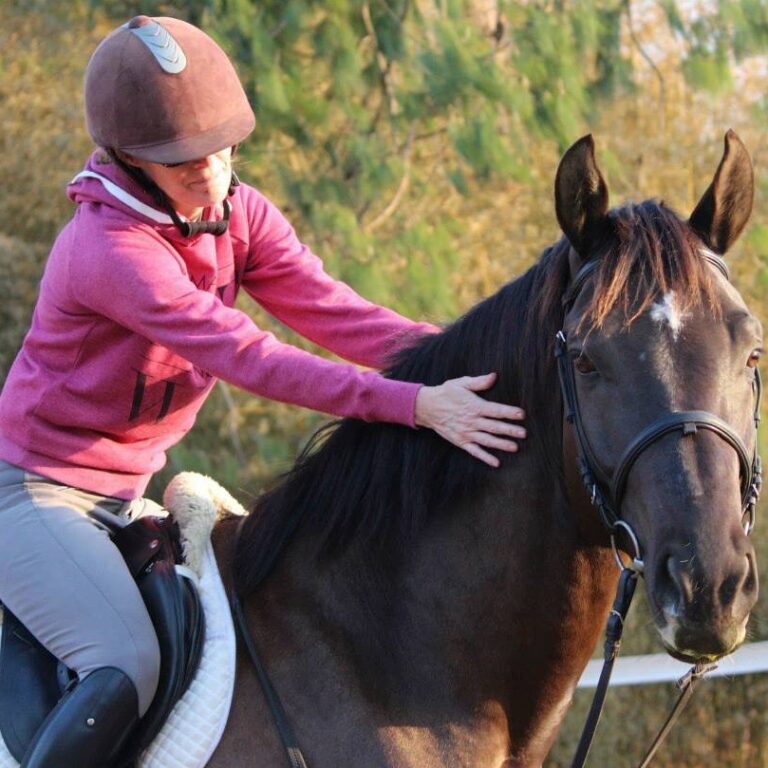
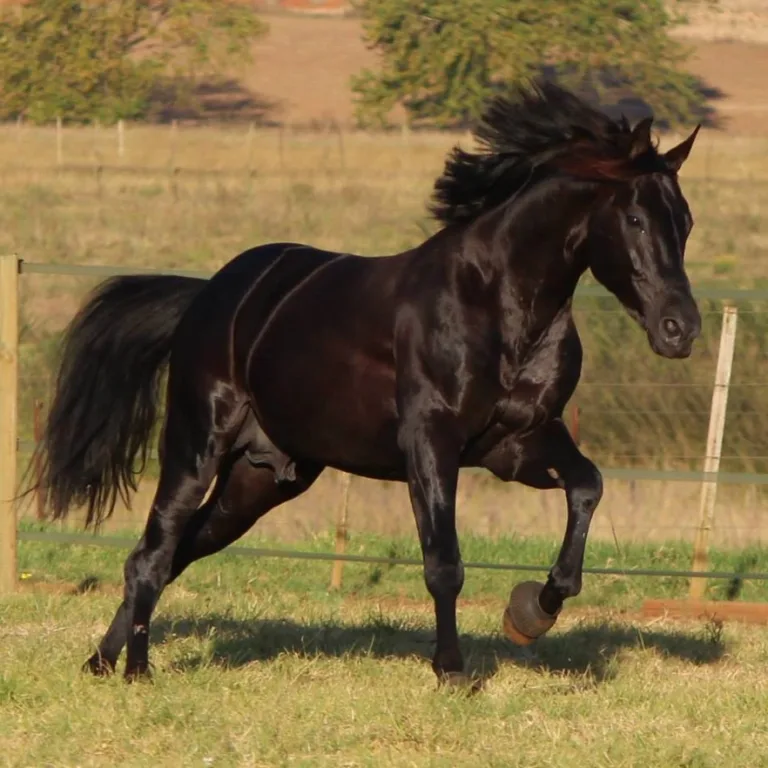
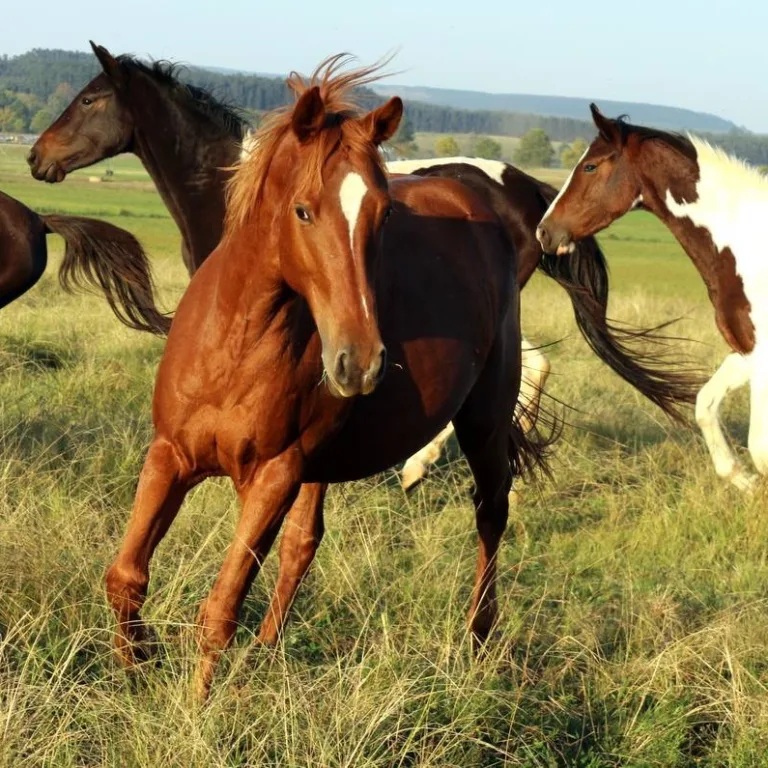
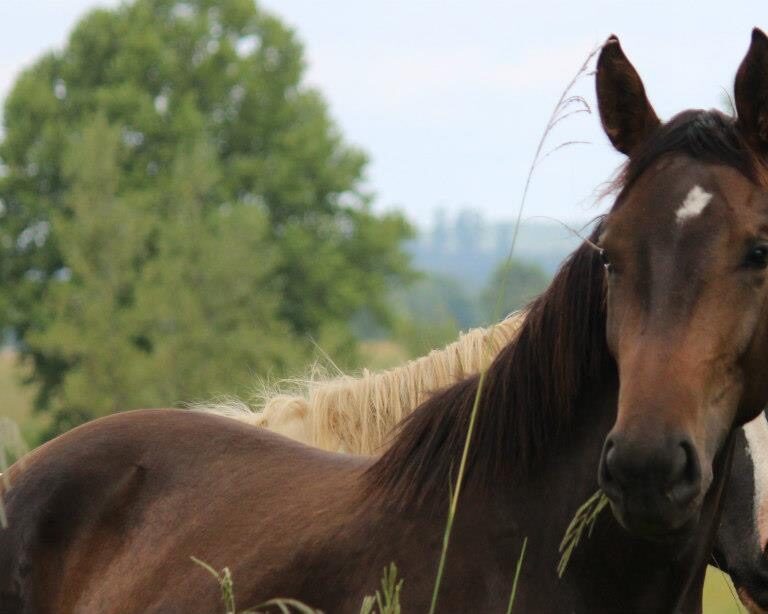
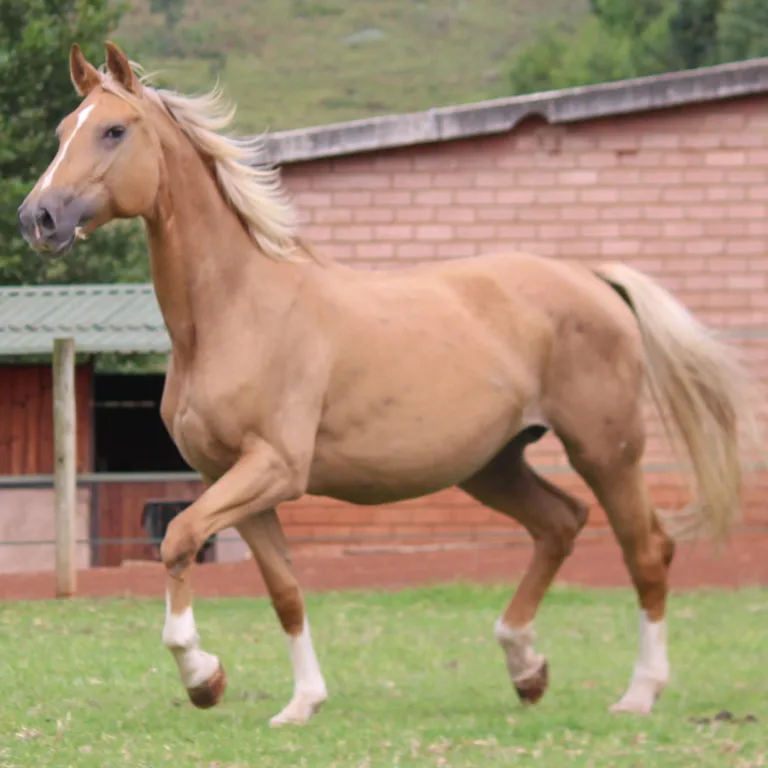
Leave a Reply